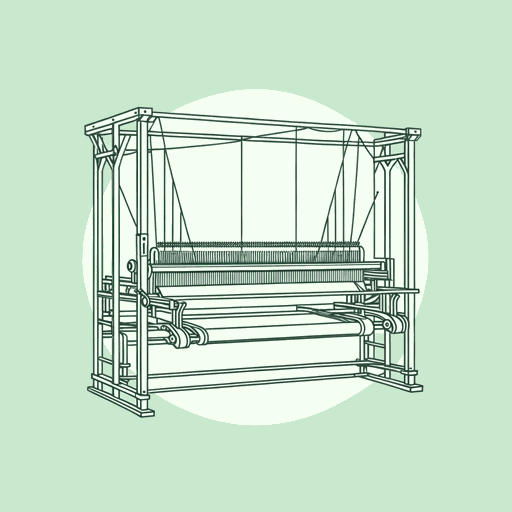109 pages • 3 hours read
Katherine PatersonLyddie
Fiction | Novel | Middle Grade | Published in 1991A modern alternative to SparkNotes and CliffsNotes, SuperSummary offers high-quality Study Guides with detailed chapter summaries and analysis of major themes, characters, and more. For select classroom titles, we also provide Teaching Guides with discussion and quiz questions to prompt student engagement.
Discussion/Analysis Prompt
In writing a novel about child labor, Paterson could have chosen any historical setting from the early 19th century through the 1930s. She chose the period 1843-1846 in Lowell as the ideal setting for Lyddie. Several historical contexts converge during this period that help shape the events of the story. First, enslavement remains legal in the southern United States. The novel is also set between the textile workers’ strike of 1836 and the surge in labor activist groups in the 1840s. Lyddie also occurs at a time when a large proportion of textile employees were being forced out of their profession by growing demands and decreasing rates of pay. Factories took advantage of the recent influx of immigrants to hire children who were willing to work for lower wagers and who lived in the city with their families and therefore did not require the use of the boardinghouses. How do all of these historical details play a part in Lyddie? What other social, religious, geographic, and economic factors serve to drive the narrative?
Teaching Suggestion: In their discussion, students might explore how the historical events taking place simultaneously guide the events that shape the course of the novel.
Differentiation Suggestion: For younger students, or in cases in which this approach might be more effective in exploring the historical contexts of the novel, the components mentioned above can be explored in a collaborative classroom activity on a whiteboard, smartboard, or chart paper that can made available and referenced throughout the reading of the novel.
Related Titles
By Katherine Paterson

Bread and Roses, Too
Katherine Paterson

Bridge To Terabithia
Katherine Paterson

Jacob Have I Loved
Katherine Paterson

Of Nightingales That Weep
Katherine Paterson

The Great Gilly Hopkins
Katherine Paterson

The Master Puppeteer
Katherine Paterson

